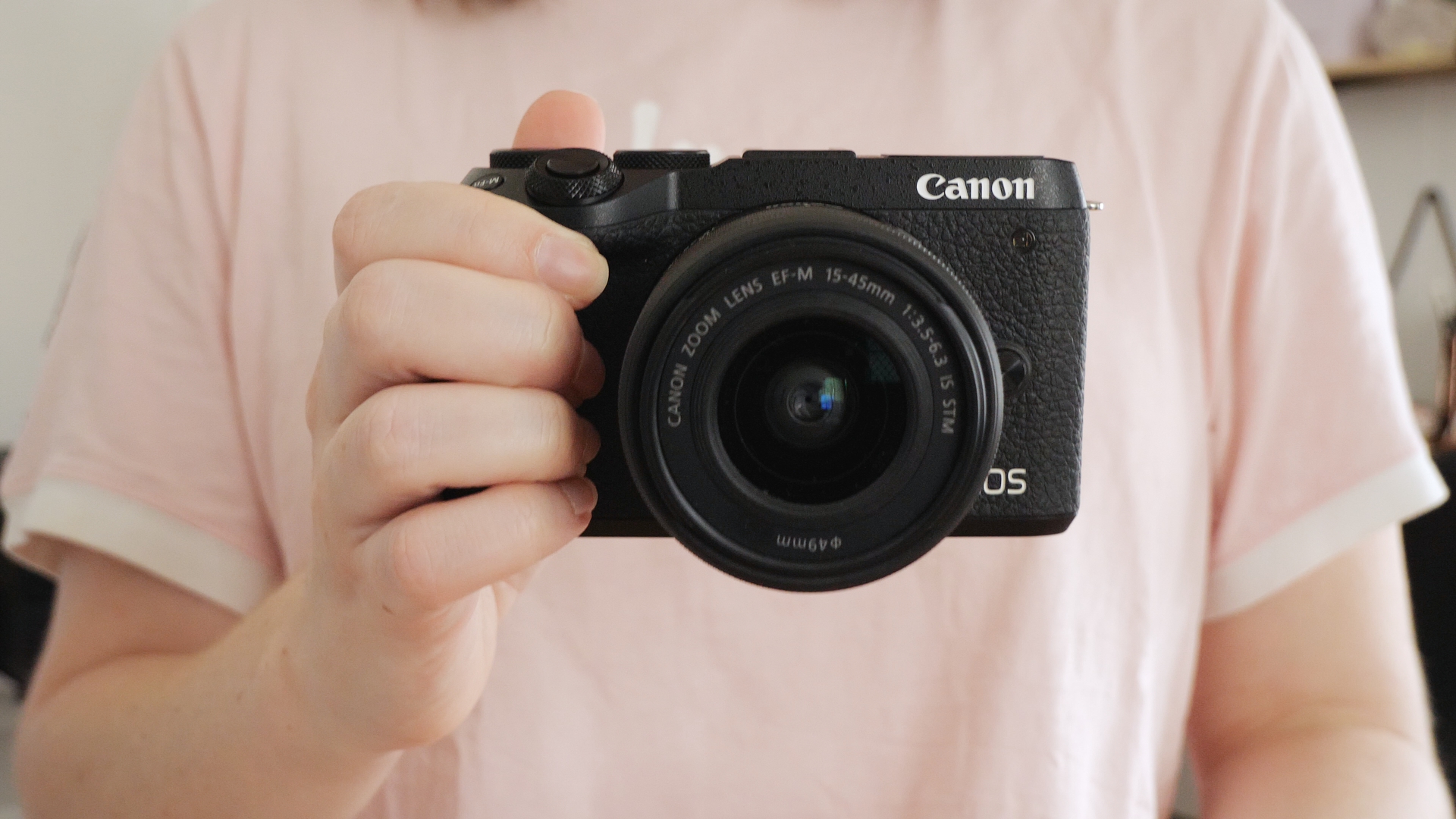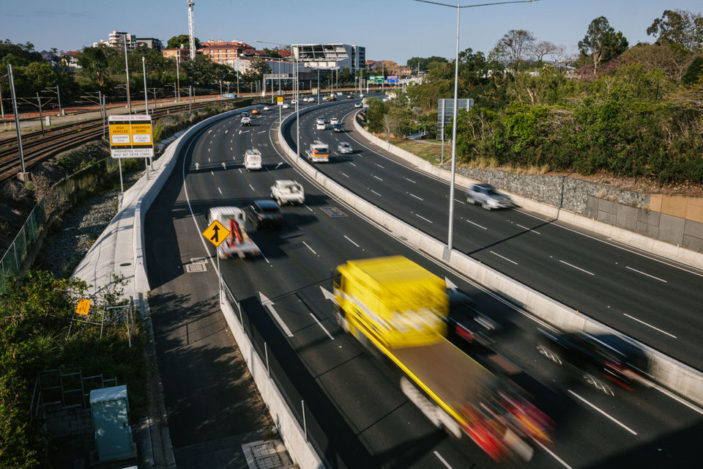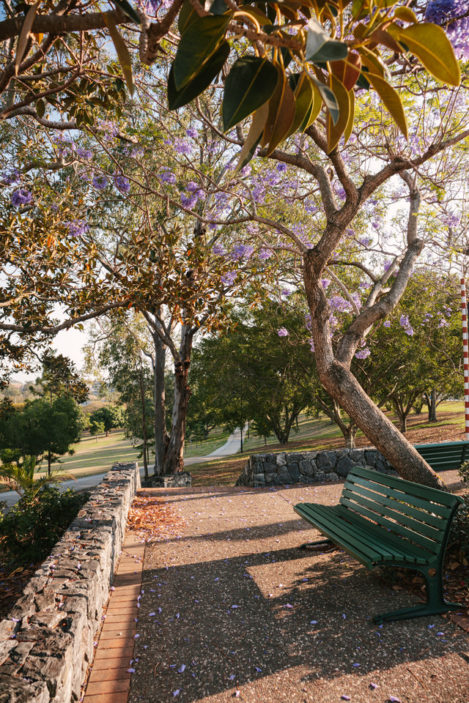
There’s not much I don’t love about Canon’s new M-series offering the EOS M6 Mark II. It’s a small-bodied mirrorless camera sporting a whopping 32.5MP APS-C sensor, 4K 30P video, Full HD 120P video and epic Dual Pixel CMOS autofocus. And it has a mic input, and fully articulating flip-up LCD. On paper, it sounds like the ideal vlogging camera. While I agree that it’d be fantastic for content creators, there’s one large drawback that sullies its video performance considerably. I tried it in the sun, the dark, and the rain and never, not once, found myself disappointed in the M6 Mark II’s handling or image quality — at least, for stills shooting.
Lightweight lifestyle
Weighing in at 408g sans lens, the M6 Mark II has a comfortable front grip that makes it secure in the hand. That’s impressively light for a body this feature-packed, a fact the Canon M-series lenses work to match. I tested the M6 Mark II with the kit 15-45mm lens it often comes bundled with. Like many zooms on the market, this kit is extendable to minimise the lens size when not in use. That does mean that taking the camera from Stored In My Bag to Ready-to-Shoot is a three-step process. Turn it on, remove lens cap, extend lens — a hassle, but the same as most cameras in its class. Further, the benefits of having the lens fold down far outweigh the irritation of the extra half-second taken to turn the camera on.

Small and light as it may be, the M6 Mark II won’t slip into your satchel or pocket like a compact — you’ll need to house it in its own bag or a protective case to keep it safe.
Blog it
The M6 mark II’s predecessor, the M6, was heralded by Canon as the Content Creator’s Mirrorless Camera. While they’ve dropped the Content Creator title for the Mark II’s promotional page, it’s still very much suited to the Influencer Life. The M6 Mark II makes the jump from the M6’s 24.2 megapixel resolution to 32.5MP — much higher than the Fujifilm X-T30’s 26.1MP and Sony a6400’s 24.2MP. It’s easy to link to your phone with the Canon Camera Connect app to operate remotely or instantly send photos to your device, and its video options are well suited to the Youtube demographic; 4K up to 30p so you can crop in on those talking heads, and Full HD up to 120p for that sweet slow motion B-roll. Unless you’re Peter McKinnon, in which case this will not be anywhere near enough for you.

Canon’s pitch for the EOS M6 Mark II is all about speed — 30 frames per second in RAW burst mode, or 14 in continuous shooting mode with full autofocus tracking. Besides getting the perfect jump shot on a beach in Bali, I don’t know how many high-action moments your standard influencer needs to capture but for those who do, the option is there.
Glory be to flip-up screens – the M6 Mark II’s LCD flips up a full 180 degrees over the top of the body to face you so you can monitor your video or “advanced selfies” while you shoot them. There’s a mic input tucked into a panel on the left side and a hot shoe on which you could mount a shotgun mic for run-and-gun vlogging, although it will interfere with the flip action of the screen if you mount a shotgun mic so you’d need to switch to the app to self-monitor your videos. I personally prefer a screen that flips out to the side so you can do both, but I’ll take a flip-up screen over one that doesn’t articulate any day.

Click to see hi res versions and metadata on Flickr.
Here it is, folks – the other shoe is about to drop. The image stabilisation on the M6 Mark II left me seriously underwhelmed – even though I had it switched on in the menu, and the 15-45mm lens has its own in-built image stabilisation, and I’m generally a very steady-handed person, my videos were very shaky. Turning on digital IS helped marginally, but overall my videos were still far less stable than I’d hoped for, which means this camera takes a big hit as far as being a great vlogging contender. Mic input and flip-up screen notwithstanding, in 2019 a mirrorless APS-C camera without solid image stabilisation is a huge drawback, especially given the $1849 price point. I’ve definitely seen its competitors from other manufacturers perform far better in this area.
The control placement on the M6 Mark II is familiar and comfortable – a top mode dial offers all the usual suspects like manual, shutter and aperture priority modes, program auto, and movie recording. There are also two customisable modes, C1 and C2, as well as a specific mode for creative filters (mostly HDR modes, but also fisheye, tilt shift and toy camera effects) and Scene Intelligent Auto. Hybrid auto mode is an interesting one – it takes a short video before each photo taken in this mode, then stitches them all together into one hybrid video-and-still clip complete with shutter sounds. You can’t use your own settings on this mode, but it’s cute, and could be a good way to document a holiday or a day out for those who don’t want to or know how to edit a video themselves. The video compiles automatically, so if you mess up one of your shots you can’t just delete it and try again, but it’s a fun little feature to play with.

Beside the mode dial are two other multifunction dials/buttons – the shutter, which has the main control wheel around it, and the function button at the back, which has another secondary control wheel. These wheels make sense in most modes, and are easy and intuitive enough to use, but in full manual they threw me for a loop – the front wheel controls shutter speed and the back controls aperture, which is the reverse of what I’m used to. Despite digging through menus and manuals, I couldn’t find a way to reassign them the way I prefer. Definitely not a deal breaker, but a change I’d need to get used to.
The rear of the camera contains more controls again – a manual/auto focus switch, an info button to toggle between display modes, a video record button, directional buttons and wheel for burst mode, exposure compensation, flash controls and delete, as well as the quick menu in the middle. Then there’s the playback and menu buttons at the bottom. Metering and AE lock, which looks like an asterisk, are tucked onto the back of the grip in a little rise that protrudes to cradle your thumb.

What’s not there, however, is an EVF – an electronic viewfinder. Adding one would have required making the body design significantly larger and heavier, and I can’t imagine many users of this kind of camera really missing it, but there is an EVF available as an attachment, so you do have the option to purchase one if it’s a big deal to you. There’s also a pop-up flash built in.
With so much to love and only a little to be disappointed about, the EOS M6 remains a solid choice for a portable, lightweight mirrorless camera that will perform in most situations.

FOUR STARS (OUT OF FIVE)
Highlights: Very high resolution, excellent image quality and handling, mic input, flip-up screen
Lowlights: Ineffective Image Stabilisation
Manufacturer: Canon
Price: $1849 with 15-45mm lens
Available: Now
Review conducted using a loaned retail unit provided by the manufacturer.
